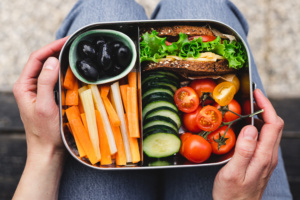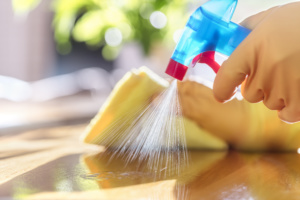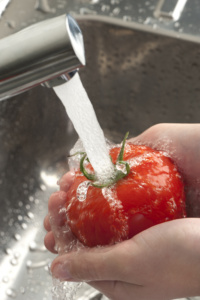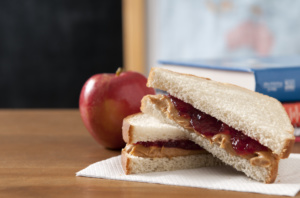Packing a Safe Lunch
Article Courtesy of | Texas A&M AgriLife Extension
https://agrilifeextension.tamu.edu/library/health-nutrition/packing-a-safe-lunch/
Taking your lunch to school or work is a great way to save money. It is also a good way to use leftovers from last night’s dinner. When packing a lunch that will be eaten several hours later, remember these food safety tips so the lunch you pack doesn’t make you or your family sick.
Don’t get bugged by your lunch
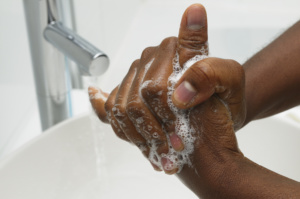 Keeping bacteria away from your food can greatly lower your chance of getting a foodborne illness. Follow these guidelines to help prevent bacteria from spreading:
Keeping bacteria away from your food can greatly lower your chance of getting a foodborne illness. Follow these guidelines to help prevent bacteria from spreading:
- Always wash your hands with soap and warm water before preparing lunch.
- Clean all food-preparation areas, including the countertops.
- Rinse fresh fruits and vegetables under running tap water before packing them in the lunch. This includes produce that has skins and rinds that will not be eaten.
Keep hot foods HOT, cold foods COLD.
Bacteria that cause foodborne illness grow best at temperatures between 40 and 140 degrees F. This is known as the temperature danger zone.
To slow bacterial growth, keep perishable foods out of the temperature danger zone until it is time to eat. Perishable foods include meat, cheese, eggs, poultry, milk and other dairy foods, and fresh-cut fruit and vegetables. Do not leave perishable foods at room temperature for more than 2 hours, or 1 hour if the outdoor temperature is 90 degrees F or above.
COLD: Keep cold foods cold, including meat, eggs, lunch meat, cheese, milk, and cut fruit, and cooked pasta, vegetables, and rice. Use ice packs, freezer gels, or frozen juice boxes to keep the foods cold until lunch.
HOT: Use a wide-mouth insulated bottle to keep foods such as soup and chili hot. Pour boiling water into the bottle to heat the inside. Then heat the food to 165 degrees F. Drain the boiling water from the bottle and replace with the hot food.
If you are worried about keeping perishable foods out of the danger zone, consider packing foods that can be stored safely at room temperature:
- Nuts
- Peanut butter
- Juice boxes
- Unopened canned meat
- Beef jerky
- Dried and canned fruit
- Chips
- Whole fruit
- Breads and cereals
- Jam, jelly, and honey
Hint: Freshly cut fruit spoils quicker than whole fruit.
Other tips
- Keep lunch boxes clean. Wash them with soap and warm water after each use.
- If you use paper bags, only use those labeled for lunch use. Plastic bags from grocery and other stores can become contaminated and should not be used to carry lunches. Do not reuse plastic bags or wrap.
- Keep lunches out of direct sunlight or other heat sources.
- Throw away any leftover perishable foods. Do not save them for a later meal or the next day’s lunch.
- Use only the leftovers that have been in the refrigerator for less than 1 or 2 days.
Acknowledgment: Peggy Van Laanen, former Extension Specialist, wrote the original manuscript for this publication.
